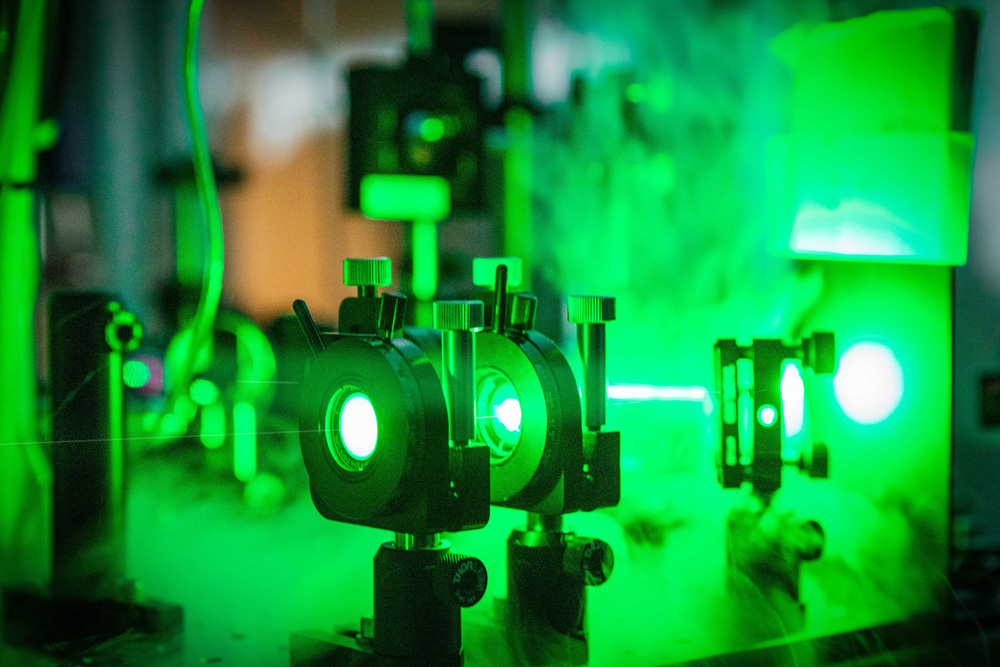Indian Govt Clears $150 Million as Contribution for Square Kilometer Array (SKA) Program


India is positioned to supervise the development of the software required to monitor and control the SKA telescopes. This software will issue all the commands necessary to execute astronomical observations – akin to the human body’s neural system. Indian software engineers will also help manage the overall development of SKA software. All this will be executed with significant contributions from and benefits to the software industry in India,” the SKA Observatory said last year.
Nearly 20 Indian institutes are part of an Indian SKA network that are actively involved with the programme. The telescopes will cover two different frequency ranges, and are named to reflect this. SKA-Mid, an array of 197 traditional dish antennas, is being built in South Africa while SKA-Low, an array of 131,072 smaller tree-like antennas, is being built in Western Australia. At both sites, construction began last year.
The arrays will both be spread across large distances, with the most distant antennas being separated by 150 km in South Africa, and 65 km in Australia. Taken together, the two sites will represent a massive field of antenna with a total signal collecting area of one square kilometre and hence, the name Square Kilometre Array.

Cabinet approves Rs 1,250 cr as India’s contribution for world’s largest radio telescope project
The gigantic radio telescope network will operate simultaneously from two remote, radio-quiet locations in western Australia near Perth and in South Africa near Cape Town.



